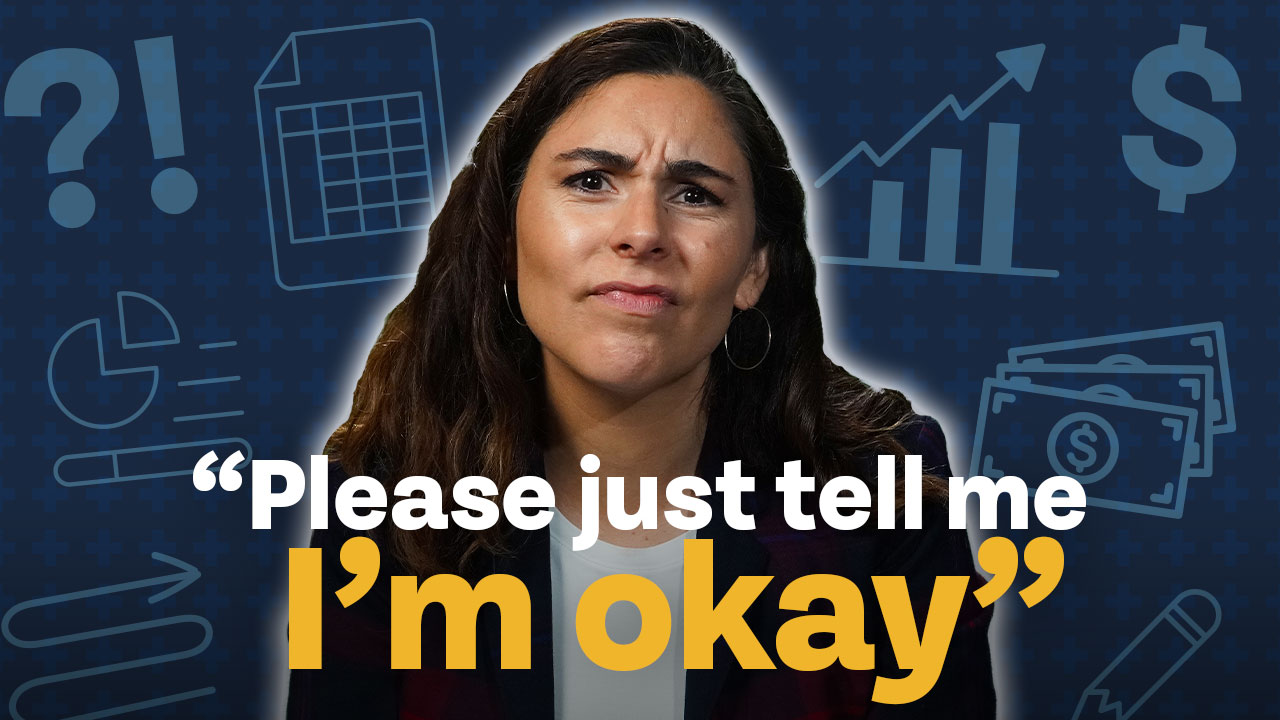
Change your life by
managing your money better.
Subscribe to our free weekly newsletter by entering your email address below.

Subscribe to our free weekly newsletter by entering your email address below.
Read through our thoughts and tips on how to manage your money better.


When Should I Claim Social Security?
Social Security can have big impacts on your retirement. But knowing when to draw Social Security can depend on a…
View Resource
Financial Order of Operations®: Maximize Your Army of Dollar Bills!
Here are the 9 steps you’ve been waiting for Building wealth is simple when you know what to do and…
View Resource

Her Finances Need a TOTAL Reset…
Watch Now
Financial Advisors React To WILD Money Advice On YouTube
Watch Now
The Real Science Behind Building Wealth
Watch Now

How about more sense and more money?
Check for blindspots and shift into the financial fast-lane. Join a community of like minded Financial Mutants as we accelerate our wealth building process and have fun while doing it.

A little knowledge is an amazing thing.
Get your money's worth of answers to your financial questions and more niche topics.
Subscribe to our free weekly newsletter by entering your email address below.